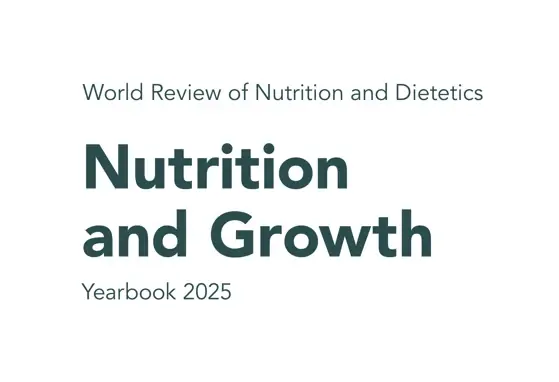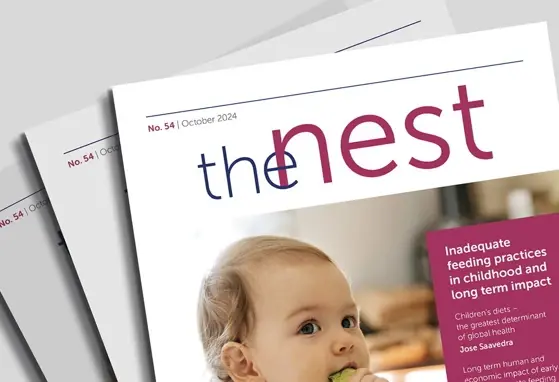Gestational diabetes is an epidemic posing an immediate threat to thousands of pregnancies
Gestational diabetes – the epidemic posing an immediate threat to thousands of pregnancies, and a future threat to the health of mothers, babies and families. Health experts today warned of the alarming increase in gestational diabetes which in the past 12 months has affected 38,000 Australian women during pregnancy.
“In the last ten years, more than 200,000 women have developed gestational diabetes. Latest projections show that over the next decade more than 500,000 women could develop gestational diabetes during pregnancy,” said Professor Greg Johnson, CEO of Diabetes Australia.
Today (14 November) is World Diabetes Day and Diabetes Australia has warned that gestational diabetes is now the fastest growing type of diabetes in Australia.
“Importantly, gestational diabetes poses a dual threat – firstly without appropriate management and care, it can be a serious risk to mother and baby during the pregnancy, and secondly it poses a serious future risk for both mother and baby developing type 2 diabetes and other health issues,” he said.
“After gestational diabetes, women are at high risk of developing type 2 diabetes and children born to mothers who have gestational diabetes are also at an increased risk of being overweight or obese, or developing type 2 diabetes later in life.”
“The alarming increase in number of women developing gestational diabetes presents an intergenerational diabetes issue and threatens to make the type 2 diabetes epidemic even bigger in future.”
“Our latest projections suggest that gestational diabetes could trigger over 250,000 women to develop type 2 diabetes or prediabetes in the coming decade.”
“Developing gestational diabetes is one of the biggest risk factors for type 2 diabetes and we need to ensure Australian mums and families get the support they need after gestational diabetes to reduce their risk of type 2 diabetes. We need to break this intergenerational cycle of diabetes.”
A/Professor Alison Nankervis, an Endocrinologist at the Royal Melbourne and Royal Women's Hospital said the short term complications for mother and baby can be serious, but the risk of complications can be reduced with good treatment and care.
“Gestational diabetes is a form of diabetes that occurs during pregnancy and usually goes away after the baby is born. The abnormal blood glucose levels can affect both the mother and baby,” A/Professor Nankervis said.
“The condition makes pregnancy higher risk for both. Babies born to mothers with gestational diabetes are more likely to be born prematurely or via C-section, be larger babies, have shoulder dystocia and a range of other complications.”
“Women with gestational diabetes may need intensive glucose management to avoid serious problems. But with the best possible management and care, the risks can be reduced and women can avoid complications."
A/ Prof Nankervis said growth in gestational diabetes was already putting pressure on health services with the number of women with the condition doubling at the Royal Women’s Hospital since 2014.
“There are a number of factors contributing to the growing rates of gestational diabetes including the age women are falling pregnant, the changing ethnic makeup of Australia’s society, and the weight of women when they fall pregnant. The growth of gestational diabetes has been exacerbated by recent lowering of the diagnostic threshold,” she said.
Professor Johnson said diabetes in pregnancy was a major priority in the Australian National Diabetes Strategy 2016-20 but there was still no clarity on the implementation plans from the Australian Government and the State and Territory Governments.
“New approaches are needed for pre-pregnancy, during pregnancy, and after pregnancy,” said Professor Johnson.
“There needs to be help for women to be a healthy weight before pregnancy. We need to improve access to diabetes education and support for women with gestational diabetes during pregnancy as well as ensuring they are getting the care and support they need after the birth.”
“This includes seeing their GP for follow up testing to detect type 2 diabetes or prediabetes, and access to type 2 diabetes prevention programs and health professionals including diabetes educators, dietitians and exercise physiologists who can help with lifestyle management to reduce their risk of type 2 diabetes.”
“Sitting back and doing nothing is not an option. This is an avalanche that will bury the health system if we don’t act,” he said.
Melbourne mum Karla Jennings developed gestational diabetes during pregnancy and subsequently developed type 2 diabetes at the young age of 30.
“I had great support while I was managing gestational diabetes but it wasn’t enough to prevent me from developing type 2 diabetes,” she said.
“The day of my type 2 diabetes diagnosis was devastating. I cried and I cried for days.”
“It was much harder for me to accept than being diagnosed with gestational diabetes but I am determined to manage diabetes and keep living my life.”
“I do think it is critical that Australia does more to support mums like me and help reduce the number of people diagnosed with type 2 diabetes in the future.”
Diabetes Australia is the national body for people affected by all types of diabetes and those at risk. Diabetes Australia is committed to reducing the impact of diabetes. We work in partnership with diabetes health professionals, researchers and the community to minimise the impact of diabetes.
If you liked this post you may also like


Shedding light on cow's milk in the first year of life

Long term human and economic impact of early child inadequate feeding

Children’s diets – the greatest determinant of global health